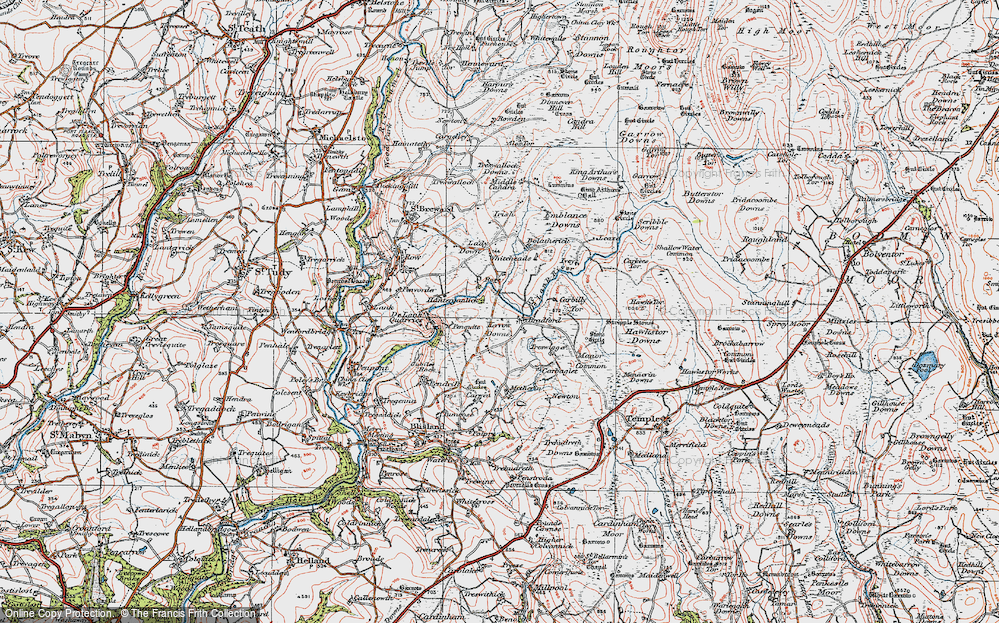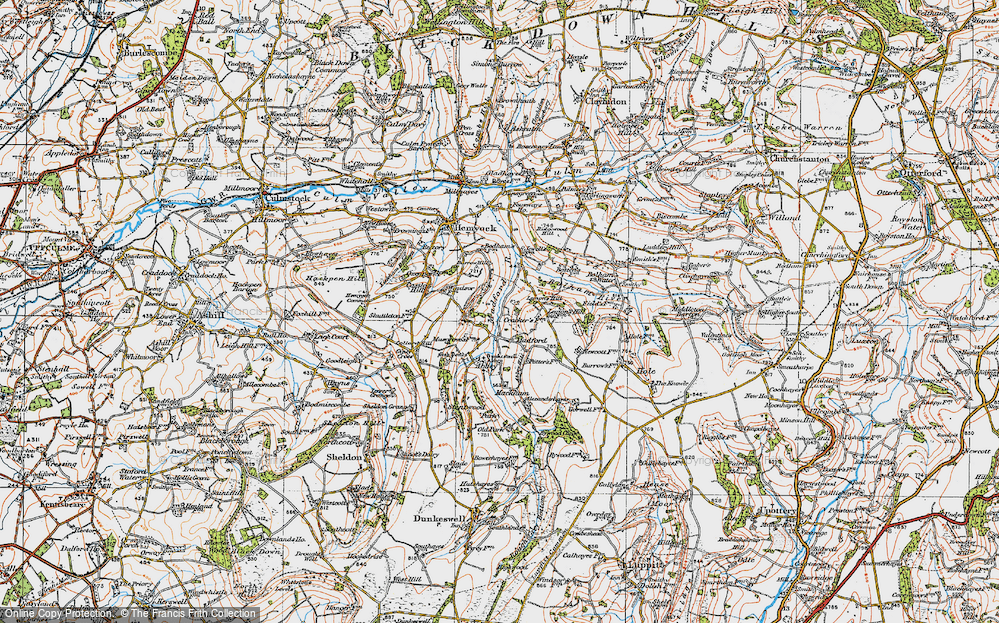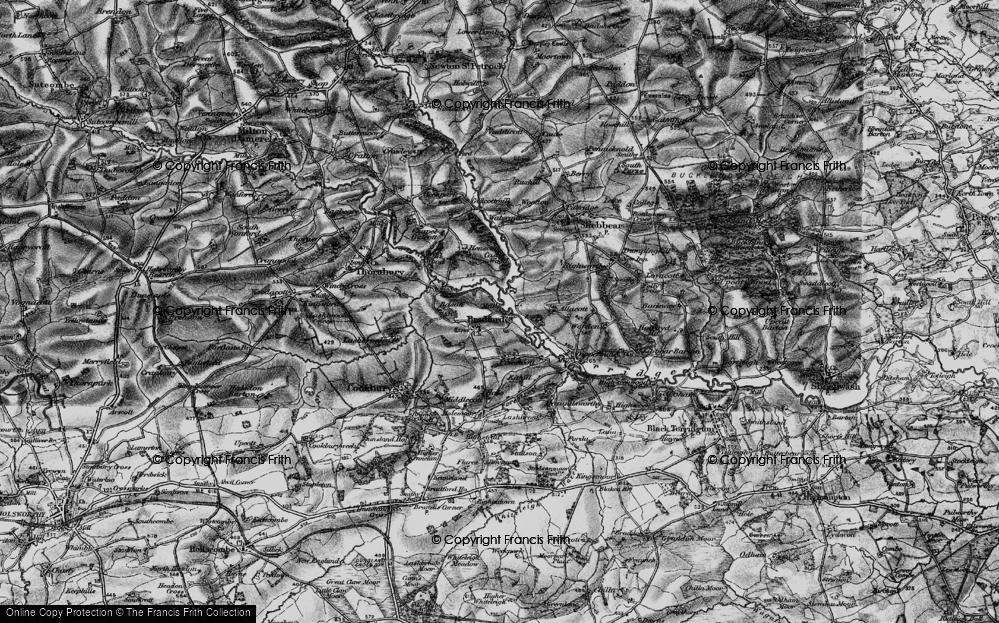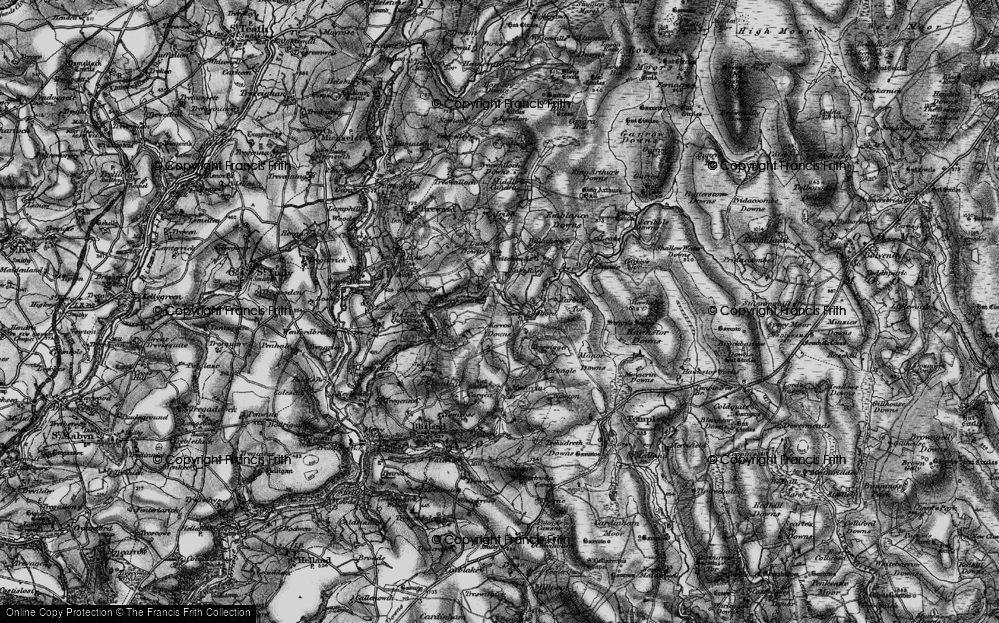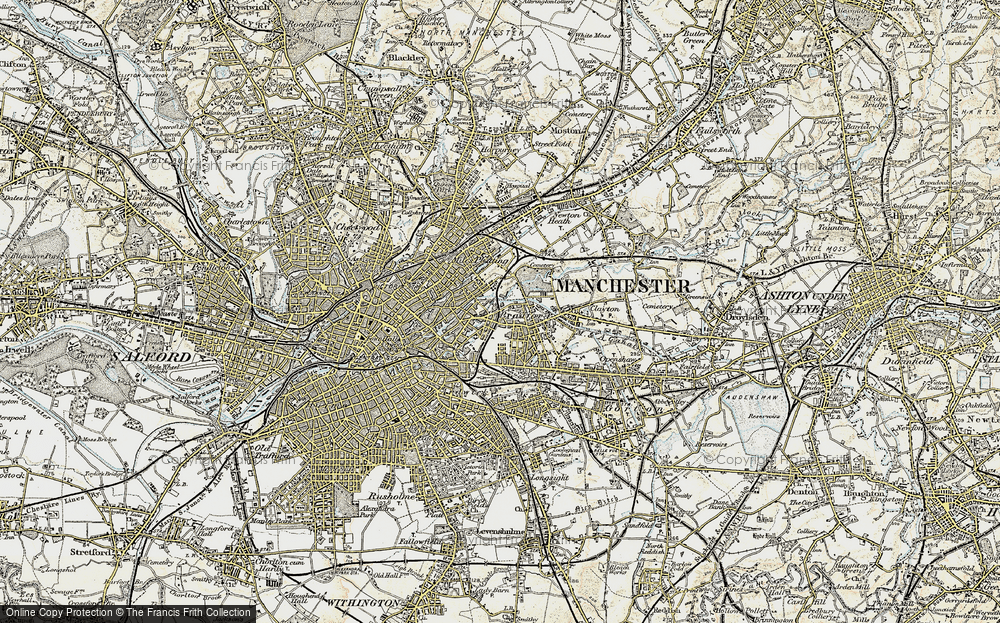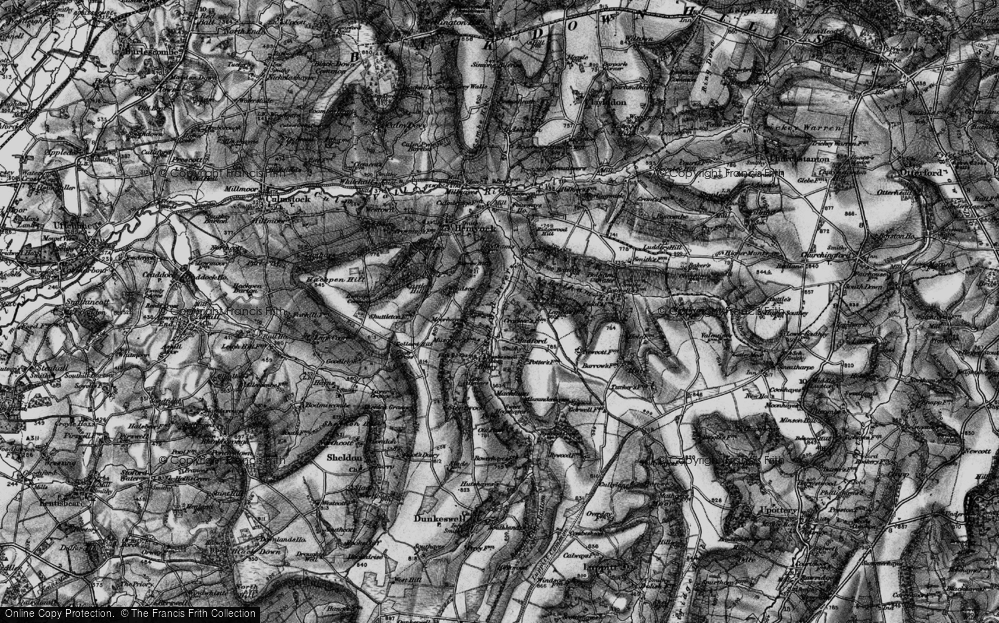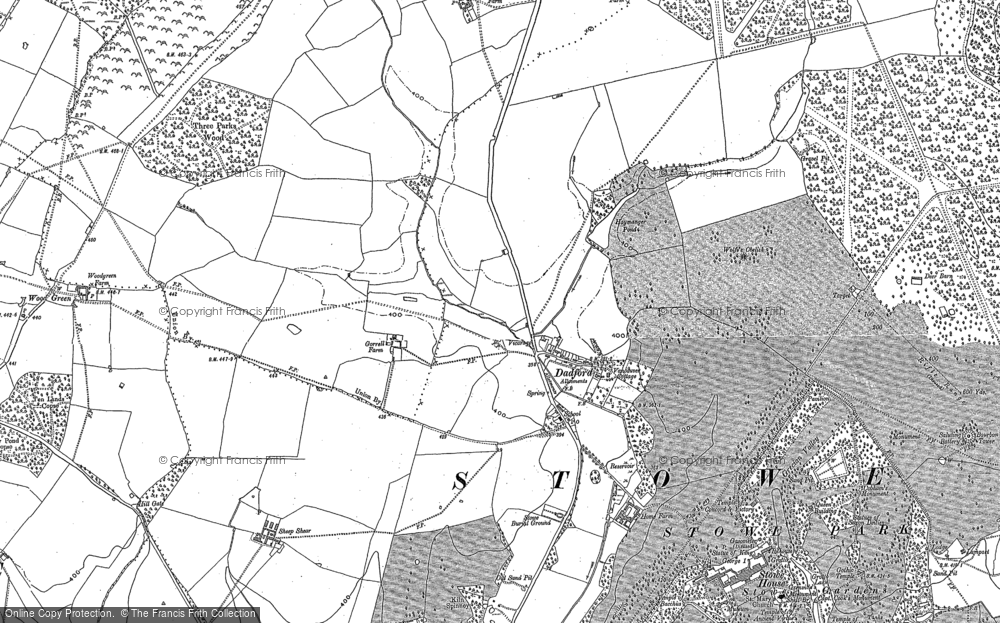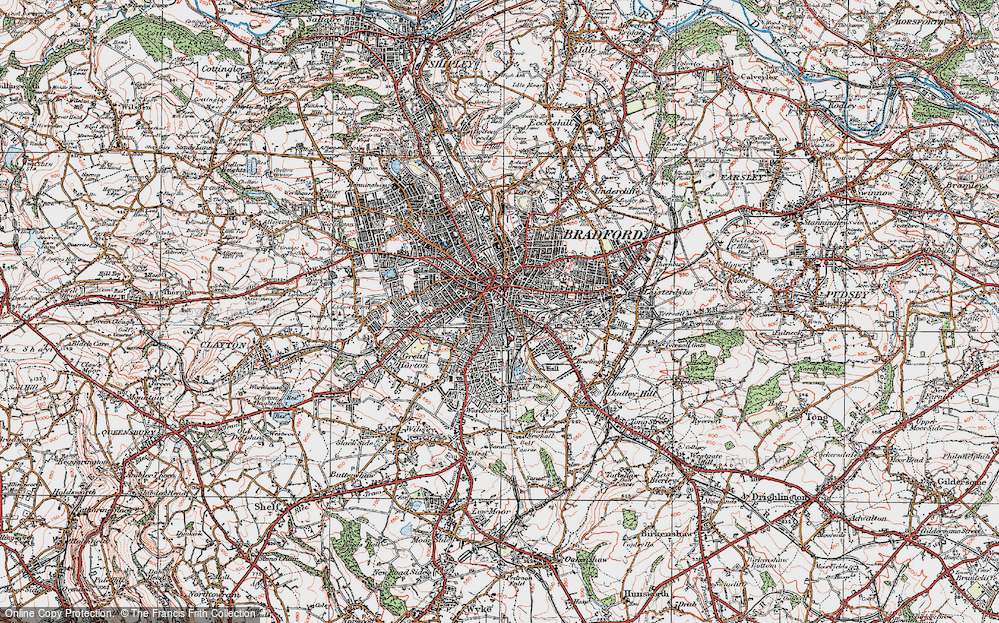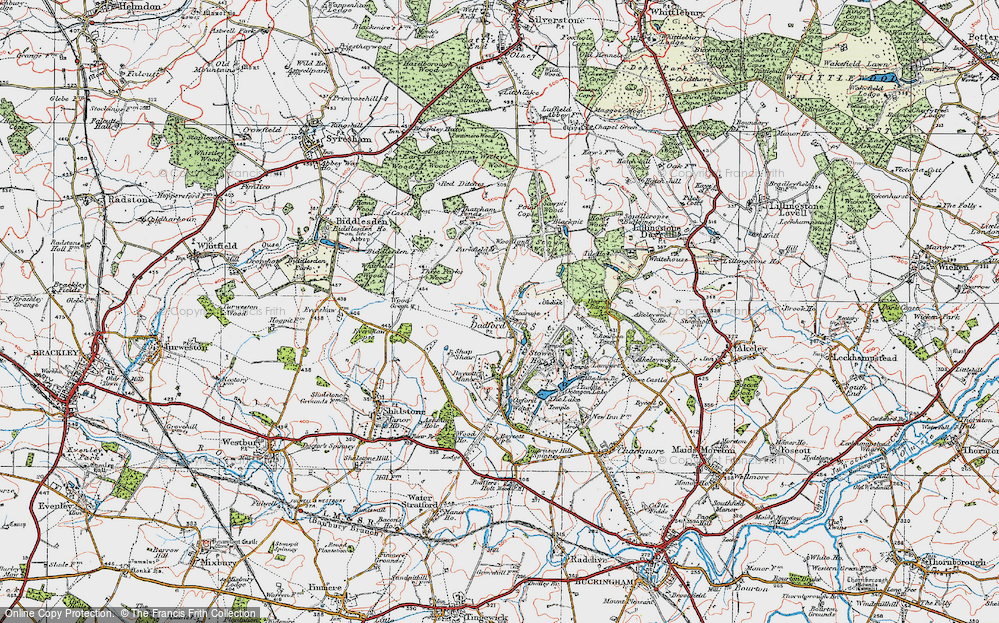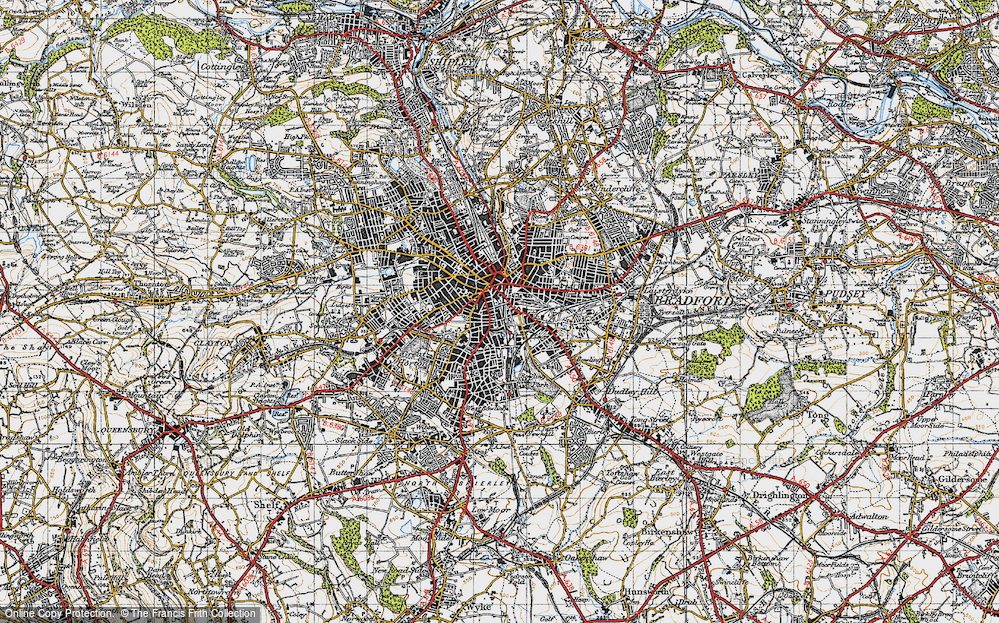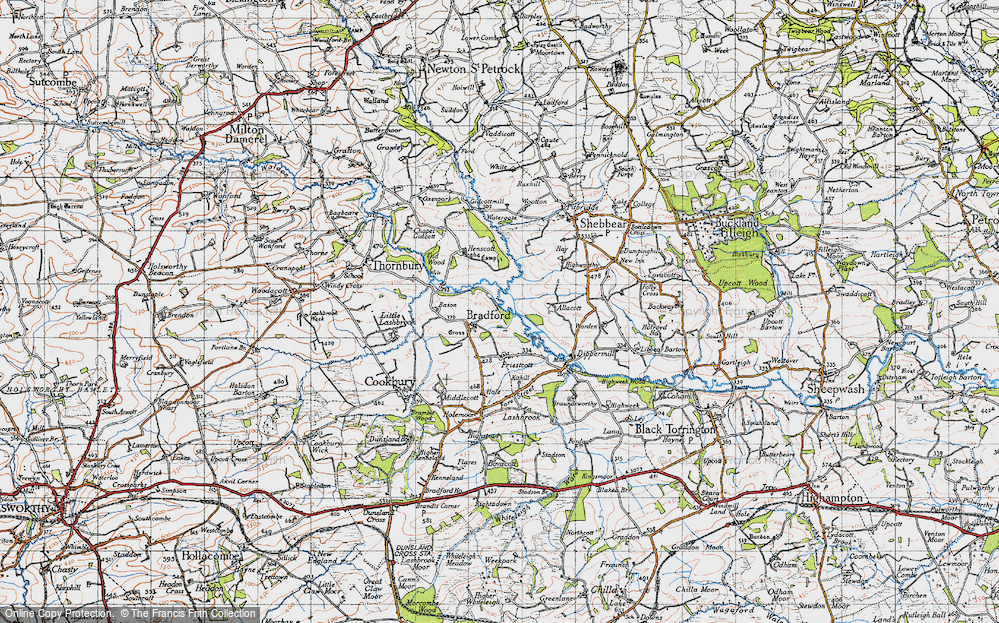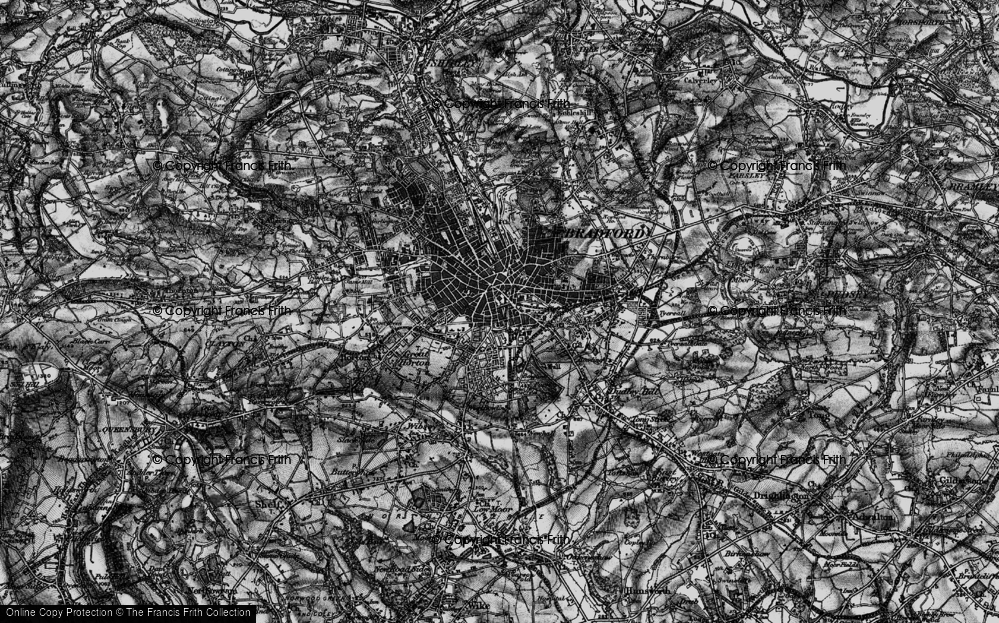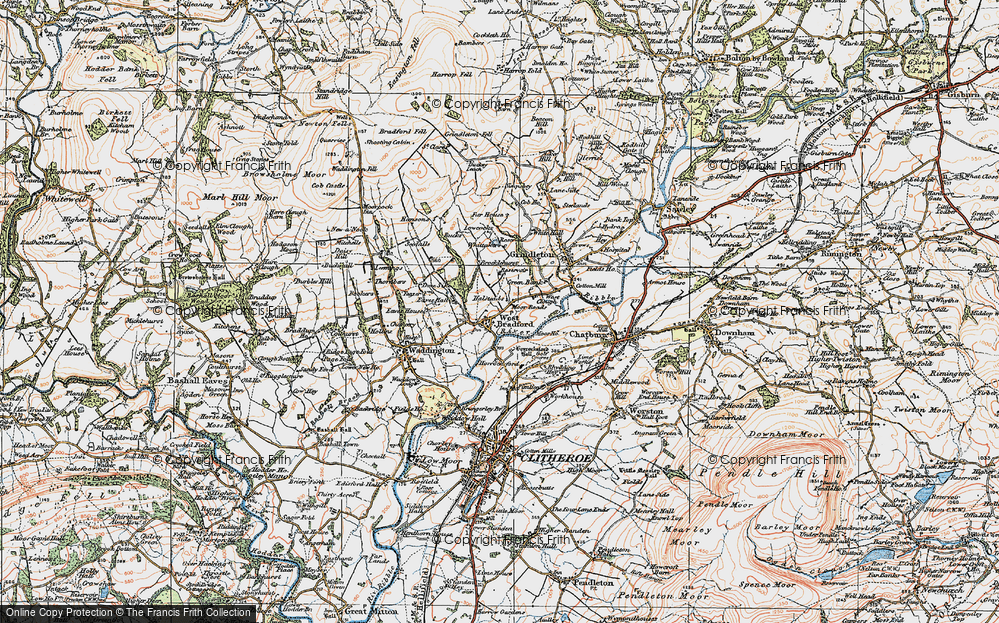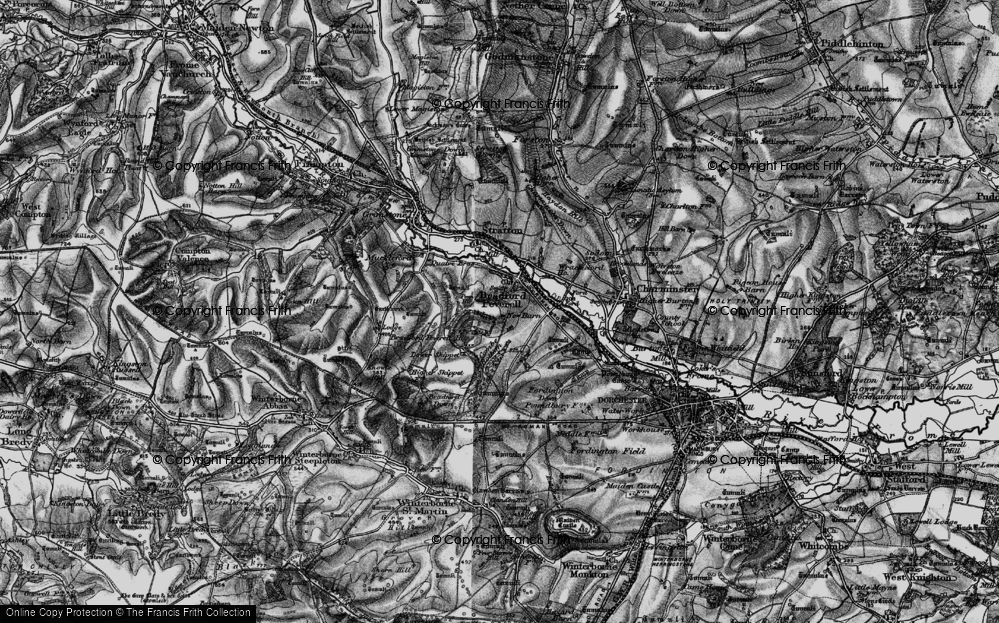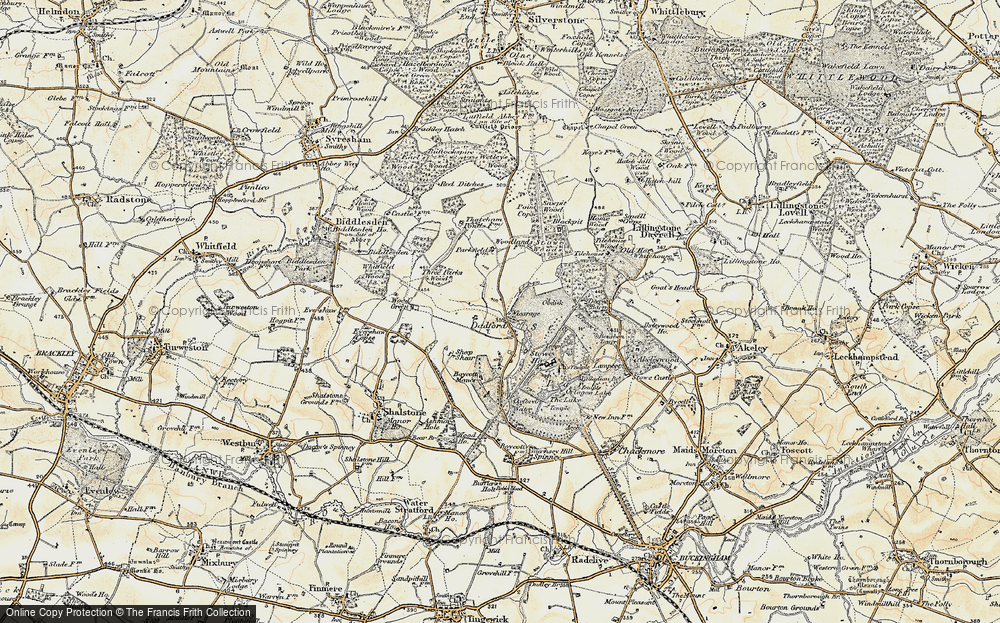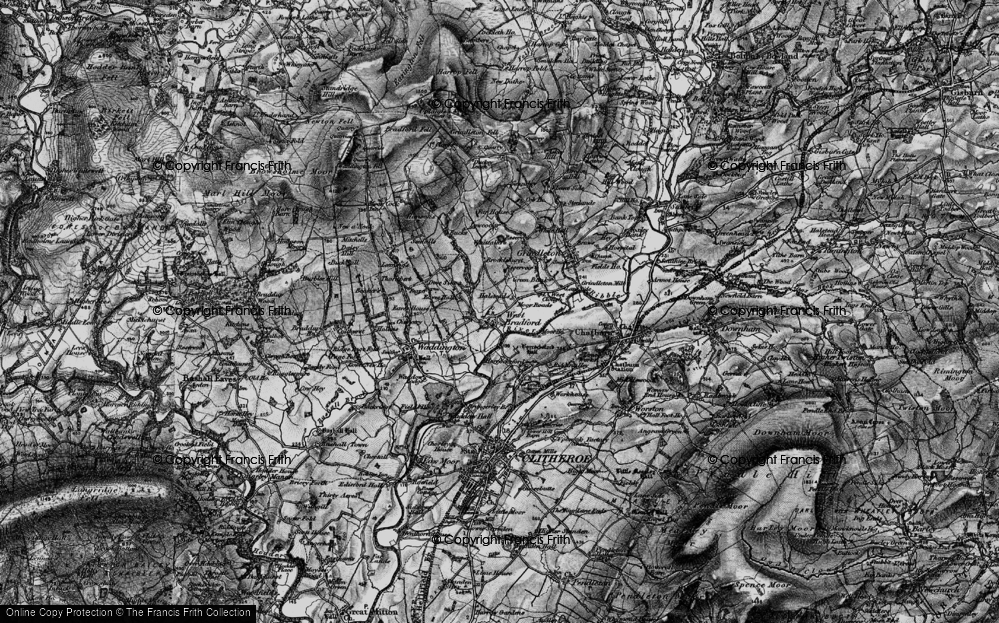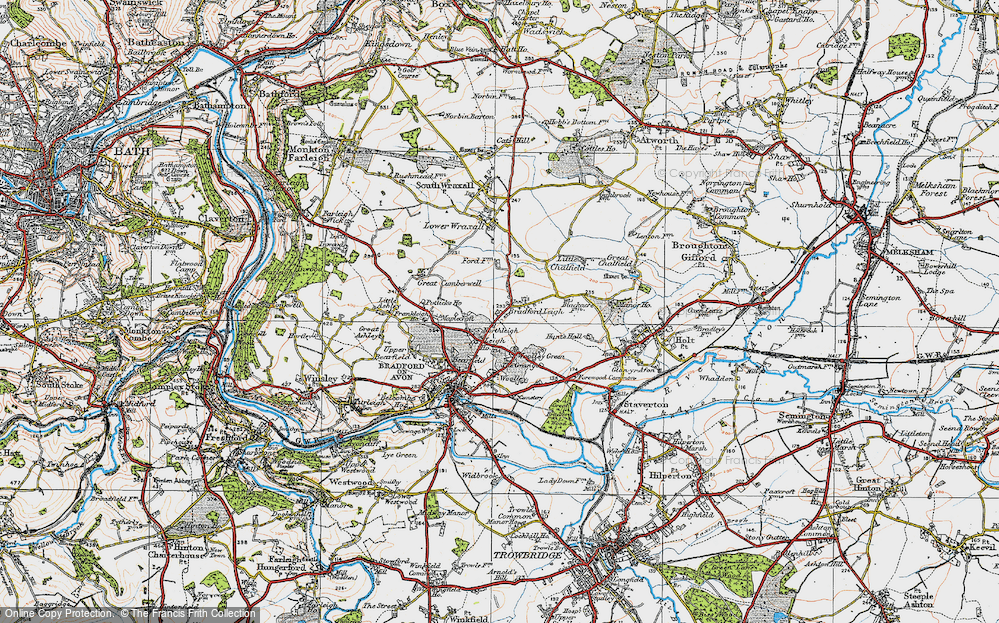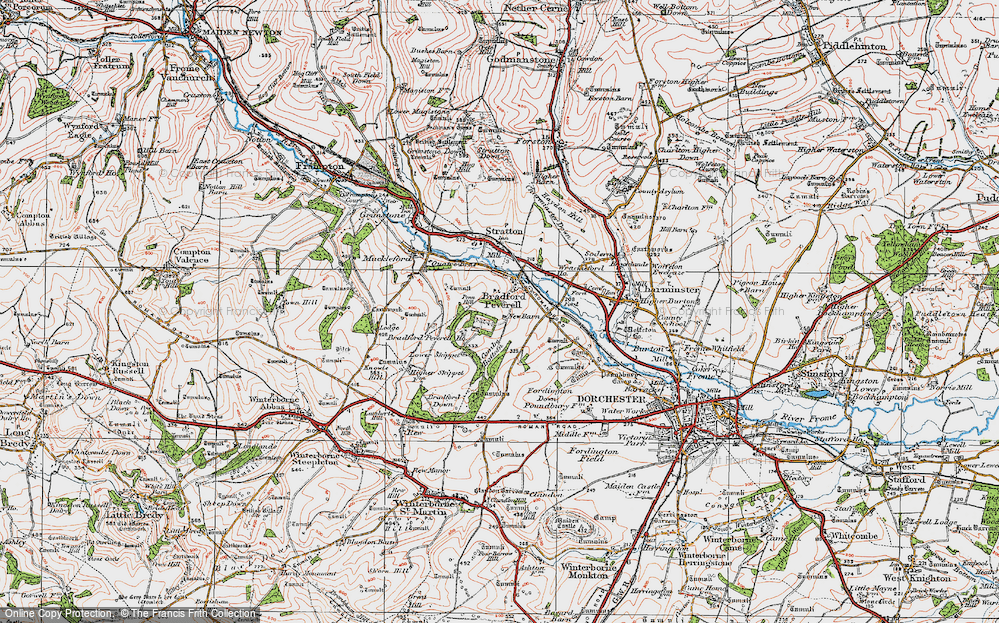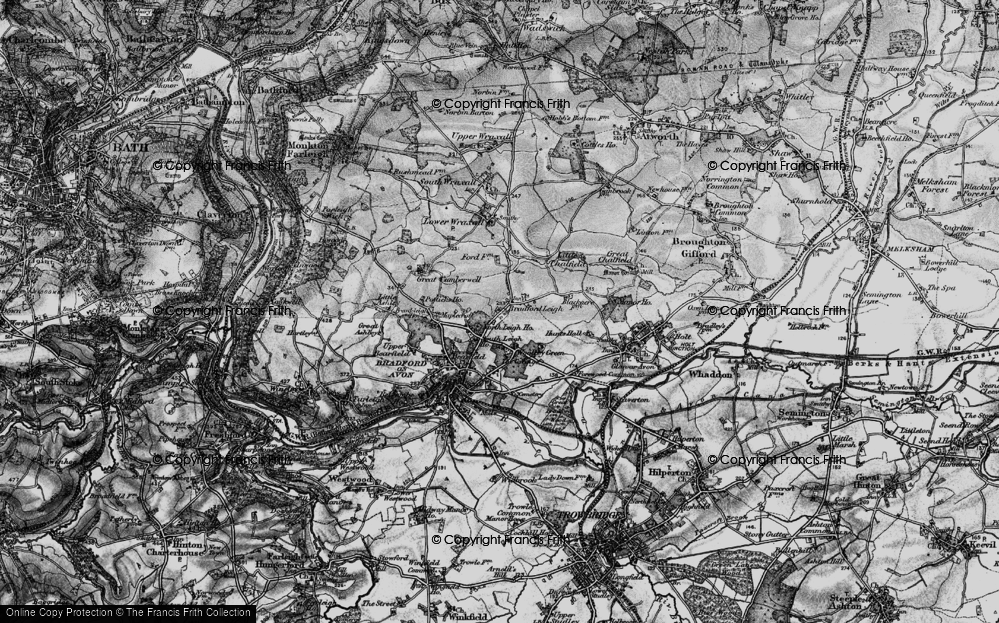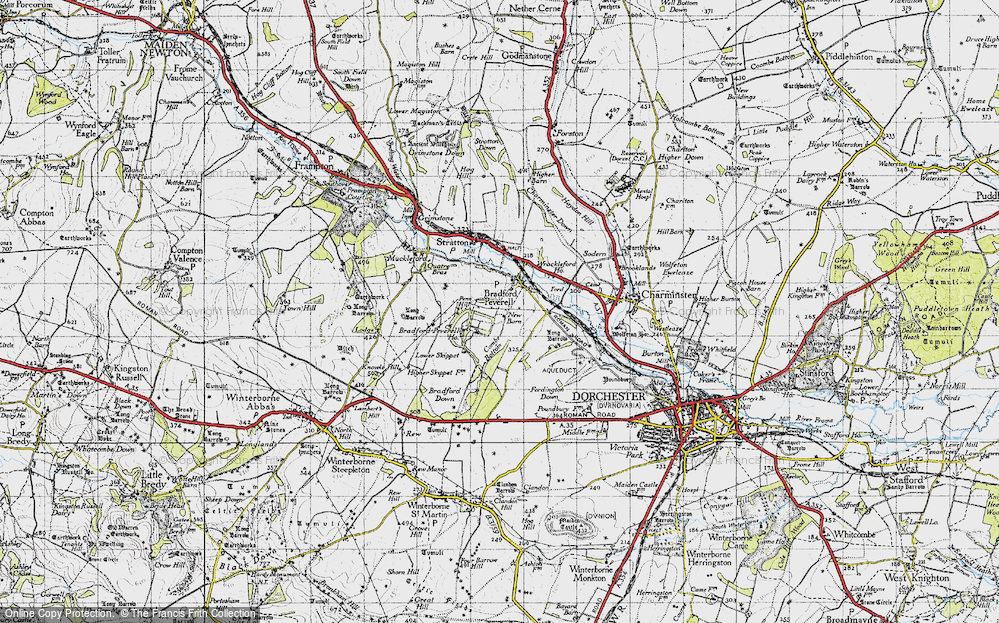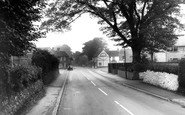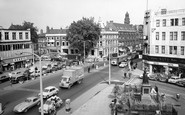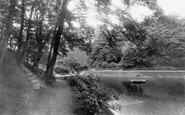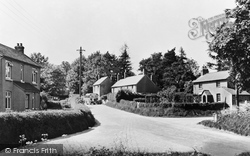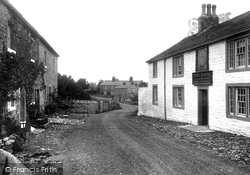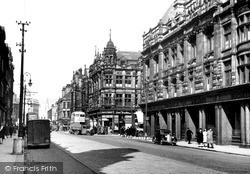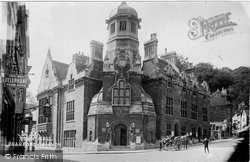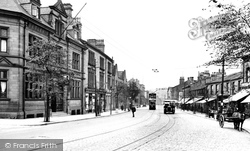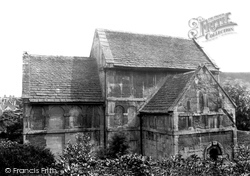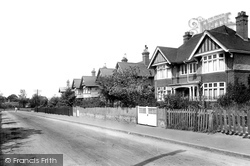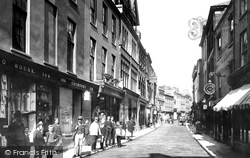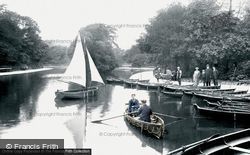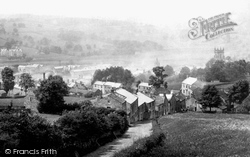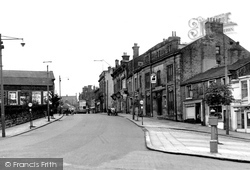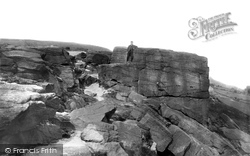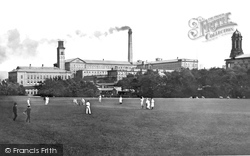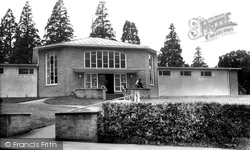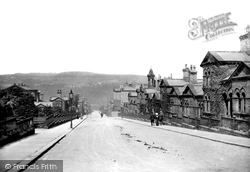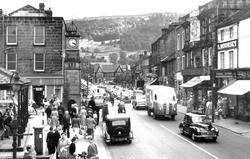Places
6 places found.
Those places high-lighted have photos. All locations may have maps, books and memories.
Photos
7 photos found. Showing results 41 to 7.
Maps
971 maps found.
Books
4 books found. Showing results 49 to 4.
Memories
171 memories found. Showing results 21 to 30.
Village Shop
I lived in the bungalow at the end of the spinny on West Avenue in the late 1960s and went to Highcroft School from age 4 to 5, which was an old Victorian building which always smelt of tomato soup and stood on the corner of ...Read more
A memory of Castle Bromwich in 1960 by
Thomas Binns 1845 1921 No 1 The Green Later No 3 Grange Cottages
Hello - I would be very grateful for any information - especially photos - of my ancestor Thomas Binns who moved from Cowling to Micklethwaite c. 1898. He had built ...Read more
A memory of Micklethwaite in 1900 by
From 1959 Gooshays Stanley Wright
I moved to Harold hill in 58 from shoreditch to Montgomery crescent then to 49 gooshays drive and my sisters Pat,Brenda and Sandra my brother Paul came in 63.I moved to Australia in 1978 with my wife Jacqueline ...Read more
A memory of Harold Hill by
St. Mary's Convent School
I lived in the hamlet Ledwell near to Radford . I and another boy Edmund Wilson and I became Day pupils at this school until it closed in about 1953/4. My lasting memory was the daily after lunch walks along ...Read more
A memory of Radford in 1951 by
Memories Of Traffic Control
I read the letter from someone who remembers the policeman in the top floor of a shop overlooking the Bridge at Christmas. Well that policeman was Gordon (Sandy) Lewis - a cheeky chappie, who gave everyone a smile when ...Read more
A memory of Walsall in 1963 by
Hounslow 1970's
I was born in West Mid Hosp and we lived in Worton Way which was technically Isleworth but very close to Hounslow High Street. Our surname was Pritchett. I went to Spring Grove Infant School in Star Road from 1962-1969 and then ...Read more
A memory of Hounslow by
My Youth
I was born on the Haworth Road estate and in my childhood roamed all over the district. Chellow Dene was a particular favourite especially in winter when it froze over! Sandy Lane park was another place we visited to go on the swings ...Read more
A memory of Bradford in 1951 by
The Institute School Upper Bradford Street Brainree
The Institute School, was opposite the White Hart Hotel, Upper Bradford Street, Braintree. I attended this school c.1950-51. Then Principal was Miss A Thompson; teachers remembered were Miss ...Read more
A memory of Braintree in 1950 by
Dancing On The Forest For The Queens Visit To Nottingham
I think it was 1953 and I was 10yrs. I was at the Bentink Road Scool and as I remember, the schools in Nottingham entered a dancing team and we practiced for weeks. Our practice was in ...Read more
A memory of Nottingham in 1953 by
Nch Old Bramhope
I went to Old Bramhope in 1934 at the age of one, and was there until 1948, when my father retired as Governor. I was at the school on site until 1943, and was in the Cubs and Scouts. I'm still in touch with a number of old boys ...Read more
A memory of Bramhope in 1940 by
Captions
79 captions found. Showing results 49 to 72.
It was built in 1905 by Edmund Purefoy Ellis Jervoise, but by 1915 Lady Bradford was living there. In 1955, she decided to move, and the house was acquired by the Convent of St Lucy.
West Bradford gets its name from being west of the broad, shallow ford of the River Ribble.
At its height in the 19th and early 20th century, Halifax was the greatest of the textile towns of West Yorkshire, a centre for woollen manufacture and clothing, larger even than Leeds or Bradford.
The glass shades on the Bradford Boot and Shoe Exchange (left) carry interesting advertisements: men's nailed boots cost from 3s 11d.
The glass shades on the Bradford Boot and Shoe Exchange (left) carry interesting advertisements: men's nailed boots cost from 3s 11d.
The tramway from Bradford came here in 1914, but the first road accident happened years earlier in 1900. A 10mph speed limit was imposed in 1903.
St Aldhelm built an ecclesiola at Bradford, and a monastery is recorded in a deed of 705 when he was Abbot.
The Bradford Exhibition of 1904 stimulated the laying-out of this former country estate.
The Scots are known to have raided at least as far south as Bradford.
The Scots are known to have raided at least as far south as Bradford.
West Bradford gets its name from being west of the broad, shallow ford of the River Ribble.
This road runs between Coggeshall Road and Bradford Street; it replaced the old road, which ran 30 or 40 metres back from the left-hand side of this picture, when Sydney Courtauld built Bocking Place
Brook's Cafe Restaurant is now The Bradford & Bingley Building Society. The horse is still supreme: it would be another three years before the first car made its appearance in town.
This road runs between Coggeshall Road and Bradford Street; it replaced the old road, which ran 30 or 40 metres back from the left-hand side of this picture, when Sydney Courtauld built Bocking Place
The Bradford Exhibition of 1904 stimulated the laying-out of this former country estate.
A light railway came from Harrogate in 1862, and was much used during the construction of the reservoirs for Bradford Corporation.
You would take your life in your hands if you tried to take this view looking south up the A650 Bradford-Skipton road in the centre of the Airedale town of Bingley today.
The Druids’ Altar is a naturally large millstone grit formation on the edge of, and overlooking, the Aire valley conurbation, with Bradford to the east and to the west the eastern end of the Yorkshire
The Druids' Altar is a naturally large millstone grit formation on the edge of, and overlooking, the Aire valley conurbation, with Bradford to the east and to the west the eastern end of the Yorkshire
The park was later called Roberts Park, after being bought by another industrialist, and was then offered to Bradford Council.
The park was later called Roberts Park, after being bought by another industrialist, and was then offered to Bradford Council.
It is built on land owned by the Urban District Council and on land adjacent to the main offices of the council at Oaklands, the former home of Sir James Bradford.
This area was built by the mill owner Titus Salt as a model industrial village alongside a canal, river and railway, well away from the pollution of Bradford.
Up to the 15th century, Otley was of more importance than either Leeds or Bradford. England's oldest agricultural show began here in 1799. The market town is bisected by the 75-mile River Wharfe.
Places (6)
Photos (7)
Memories (171)
Books (4)
Maps (971)


